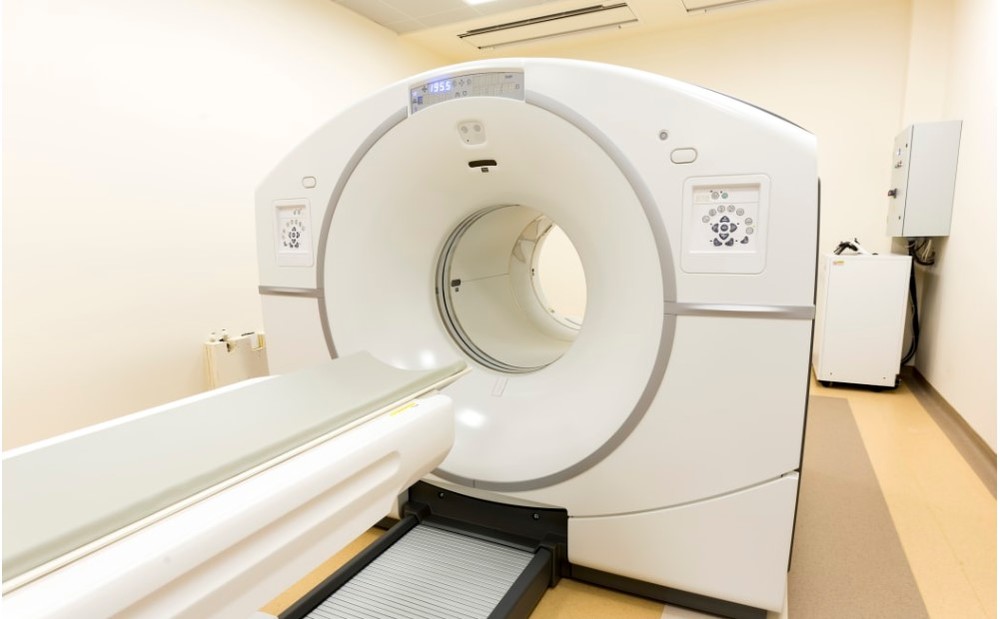Understaffed hospitals lose radiology accreditation, but keep accepting patients
Reporting by RNZ
26 October 2022, 9:16 PM

The radiology departments at two public hospitals are so understaffed they have lost accreditation - but are carrying on scanning regardless.
Southland and Palmerston North services are doing a full range of scans, despite having too few doctors and technicians to meet international quality standards.
Health authorities say it is totally safe, but have not explained what checks they do to make sure.
"Accreditation has been suspended but radiology services at Southland and Palmerston hospitals are continuing to perform scans safely for patients," said Health NZ.
Palmerston North has fewer than half the senior radiology doctors it needs.
Southland has been suspended for eight years.
The accreditation body IANZ told RNZ it only suspended services where it identified "high risk" issues that failed to get mitigated within a set, short deadline.
But it has no power to actually shut down services.
"IANZ does not have the authority to stop service provision, we can only remove accreditation if it does not comply with the international standards against which it is assessed," its chief executive Dr Brian Young said.
'We have confidence' - HNZ
Te Whatu Ora Health NZ told RNZ patients were continuing to get MRI, CT, ultrasound, X-ray and nuclear medicine scans at both hospitals "as they have always done".
Asked how it checked the services remain safe, it said: "We acknowledge that both hospitals are operating at less than the full complement of radiology staffing."
"We have confidence in the dedication and skill of our health workforce to continue to provide safe and effective care to the public."
Palmerston North lost its IANZ approval in June 2021.
It has just 4.8 radiologists when it needs 11 - but could be reaccredited with a minimum of six, HNZ said.
"Despite the hospital not having enough full-time radiologists, it continues to provide full radiology services safely for patients."
Southland lost its accreditation way back in 2014 - its numbers of scanning technicians (MITs) had dropped as low as 15.
Those are now up to almost 32, and it needs 36.
It has 2.8 radiologists and needs four.
Accreditation is not mandatory, even though IANZ is the only one that assesses a service for "competence", and checks it complies with the international-standards-based (ISO) New Zealand Code of Radiology Management Practice, and other relevant governance and regulatory criteria.
Organisations that did not comply had to find "robust" ways to manage the risks or face suspension, Young said yesterday.
IANZ did not say what Southland and Palmerston North had attempted to try to avoid suspension, if anything.

Palmerston North Hospital Photo: RNZ /Dom Thomas
Health NZ said Southland could just about get reaccredited, after years of "considerable financial effort" to build back up, but was too busy.
"Due to short staffing and a busy service, it has been difficult to get through the extensive document reviews required for a reassessment by IANZ."

Photo: 123RF
Hard pressed
Radiology is among the hardest-pressed of hospital services.
The national shortfall in public hospital radiology doctors was 33 percent earlier this year. Three districts were short by half.
Doctors told a survey about the many problems the shortages cause, in covering for people on leave, finding time for training, and trying to find locums to fill the gaps, especially in regional hospitals, the Association of Salaried Medical Specialists said.
An HNZ report obtained by RNZ last month described life-threatening problems with radiology IT in the central region that covers Palmerston North that required "extremely laborious" workarounds, putting still more load on staff.
HNZ was unable to give the history of accreditation problems at either hospital, or say if any other public radiology services were struggling.
"Te Whatu Ora is not collating this particular information," it said.
"Public radiology services are continuing to operate around the country.
"No districts are reporting suspended public radiology services.
"The public can continue to have confidence in public radiology services which continue to operate to the highest possible standards."
The agency is about to release its interim national health plan.
Staff shortages are certain to feature.
The government had short and long-term initiatives to recruit more radiology staff in a competitive global environment, HNZ told RNZ.
"In a perfect situation we would be able to readily recruit and fully staff these departments."
Despite the pressure, 2.5 million scans were being done a year and almost all were done "within waiting time targets", HNZ claimed - though DHB reports up till 2022 show districts frequently missing the common six-week targets for MRIs and CT scans.
- From RNZ, Morning Report, Listen duration 4′ : 52″
Phil Pennington, RNZ Reporter

NEWS



